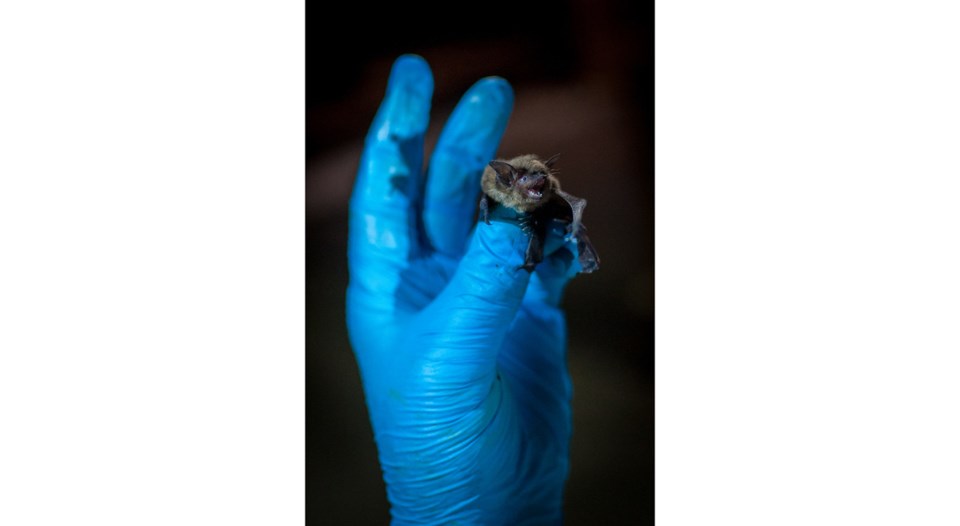There has been bat sightings all over Richmond, in the likes of Steveston, Terra Nova and even near the city’s works yard at Lynas Lane.
But there has yet to be confirmation of any specific numbers or, indeed, an actual bat roost, according to the BC Community Bat Program.
Which is why the “bat people” are asking for the Richmond public to help with this summer’s B.C. Bat Count.
The program organizers are well aware that the COVID-19 pandemic has shone a negative spotlight on bats, due to concerns over bats in B.C. carrying the virus.
However, the association, “is a myth” according to the program as “bats in B.C. do not have or spread the SARS-CoV-2 virus responsible for COVID-19. Misinformation such as this can lead to unfounded fear and persecution of bats.”
In reality, bats are an “essential part of our ecology, consuming 1000s of insects each night. One colony of 100 bats can eat 42lbs (19kg) of insects during the summer.”
Bats in B.C. suffer from many threats, and almost half of our 15 species are “at-risk,” according to the program.
A simple way to support bats is to participate in the BC Annual Bat Count, which starts June 1 and goes to Aug. 5.
The BC Community Bat Program is aware of over 40 bat colonies in buildings, and 50 bat boxes in the Greater Vancouver area.
“We are asking homeowners with bat colonies to help us monitor their bat population,” said biologist Danielle Dagenais, regional bat coordinator.
“We are also in need of volunteers to help where homeowners are unable to participate. We are continually gathering information. If you know where bats are roosting in your neighbourhood, please send us an email at [email protected].”
Bat counts are easy, fun, and safe for the whole family, according to the program.
“The counts are a wonderful way for people to get outside, respect social distancing guidelines, and be involved in collecting important scientific information,” added Dagenais.
“You simply wait outside a known roost site, such as a bat-box, barn, or attic, and count bats as they fly out of their roost at twilight. Ideally, four counts are done during the counting season, with a priority of two counts in June.”
In 2019, the Annual Bat Count collected baseline data on bat populations at 337 sites across the province, and hopes to monitor these sites and more for 2020.
The count data helps bat biologists understand bat distribution and normal variation in colony sizes before our bats face impacts from a devastating bat disease called White-nose Syndrome.
White-nose syndrome is an introduced fungal disease, fatal for bats but not for other animals or humans. Not yet identified in B.C., the disease continues to spread in Washington State.
Results from the Bat Count may help prioritize areas in BC for research into treatment options and recovery actions.
“We know relatively little about bats in B.C., including basic information on population numbers” said Dagenais.
“This information is more valuable than ever, particularly if it is collected annually.
“If people want to get involved but don’t have a roost site on their property, we will try to match them with a roost site nearby.”
To find out more about bat counts or white-nose syndrome, to report a dead bat, or to get assistance dealing with bat issues, visit BCbats.ca or call 1-855-9BC-BATS ext. 11.



